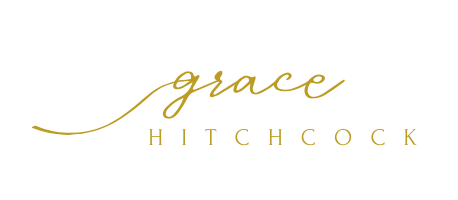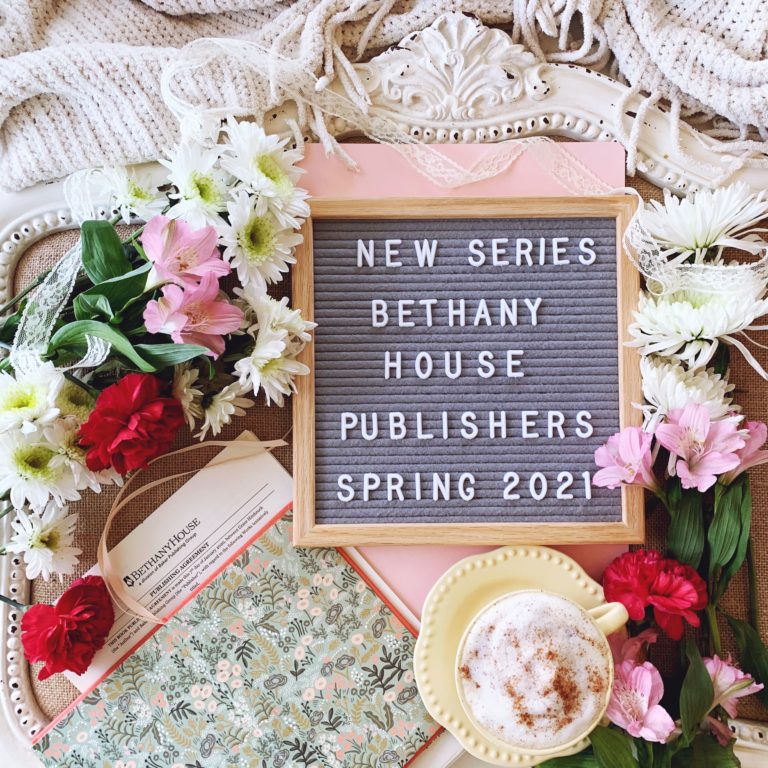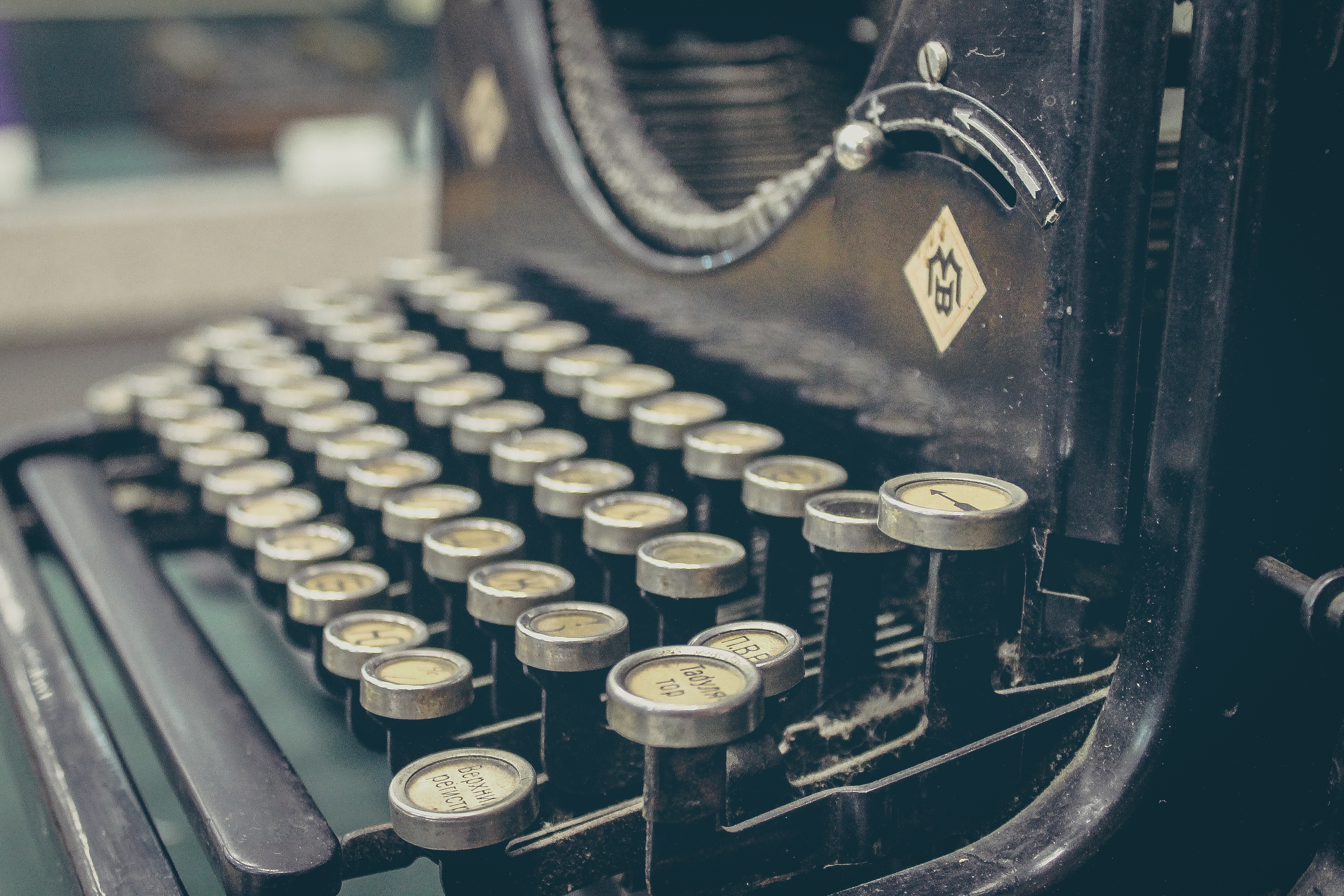Capturing Your Story

Ever had a great idea for a novel, but didn’t know exactly how to capture it long enough to get it down on paper before it fluttered away into the night never to be seen again? Or maybe you’ve had a great idea for a novel sitting in your mind for years, but don’t know how to get it beyond jotting down a few sentences that were so bright in your head, but ended up sounding flat. Whichever the case may be, I’ve found that you can capture your idea better if you focus the lens by asking questions.
What’s your story in one glorious sentence? If you had one sentence to describe your story, what would it be?
Example: When Roberta’s father dies in a gold mining accident, she is left in a town full of rough miners with no way to get back east and she is faced with the prospect of marrying a grubby miner or starving.
Not the best example, but you get the overall idea of where the story is going and what her problem will be.
Who is your heroine/hero? Usually, this is the easiest step for me because when I get an idea, I can see my heroine/hero because it is their story. Who will your story be about? And once you figure that out, what will be your point of view? Will you be narrating in the first person or maybe limited omnipresent?
What’s the problem? A story without a problem isn’t a story. The problem is the driving force for our heroine’s actions.
What’s at stake? If your heroine doesn’t find a solution to the identified problem, what will happen? How will it influence the story? Or her? For a post on raising the stakes, click here.
Who is the villain? Every hero needs an antagonist who will drive the story forward and cause the hero to act.
What’s the motivation? Now that you have identified the hero, villain, problem and stakes, you need to be sure to understand the why behind their actions. At this point, it might be a good idea to list a little bit of your main characters’ backstories to help you understand how far they are willing to go and, of course, why.
Using your answers:
Chart your main plot points. Using the info above, begin to plot out your novel using the three-act structure, which is basically just a fancy graph on how to chart out your high points, but I find it useful.
For an in-depth post on how to use the 3-act structure, click here or on the graphic.
Simmer. Thankfully now that the big picture is captured on paper, begin to think of the little plot points that will continually move your story towards that ultimate climax.
And finally, start writing! Hope this helped you in some way!
Happy Writing!
Photo Cred: Unsplash.com







